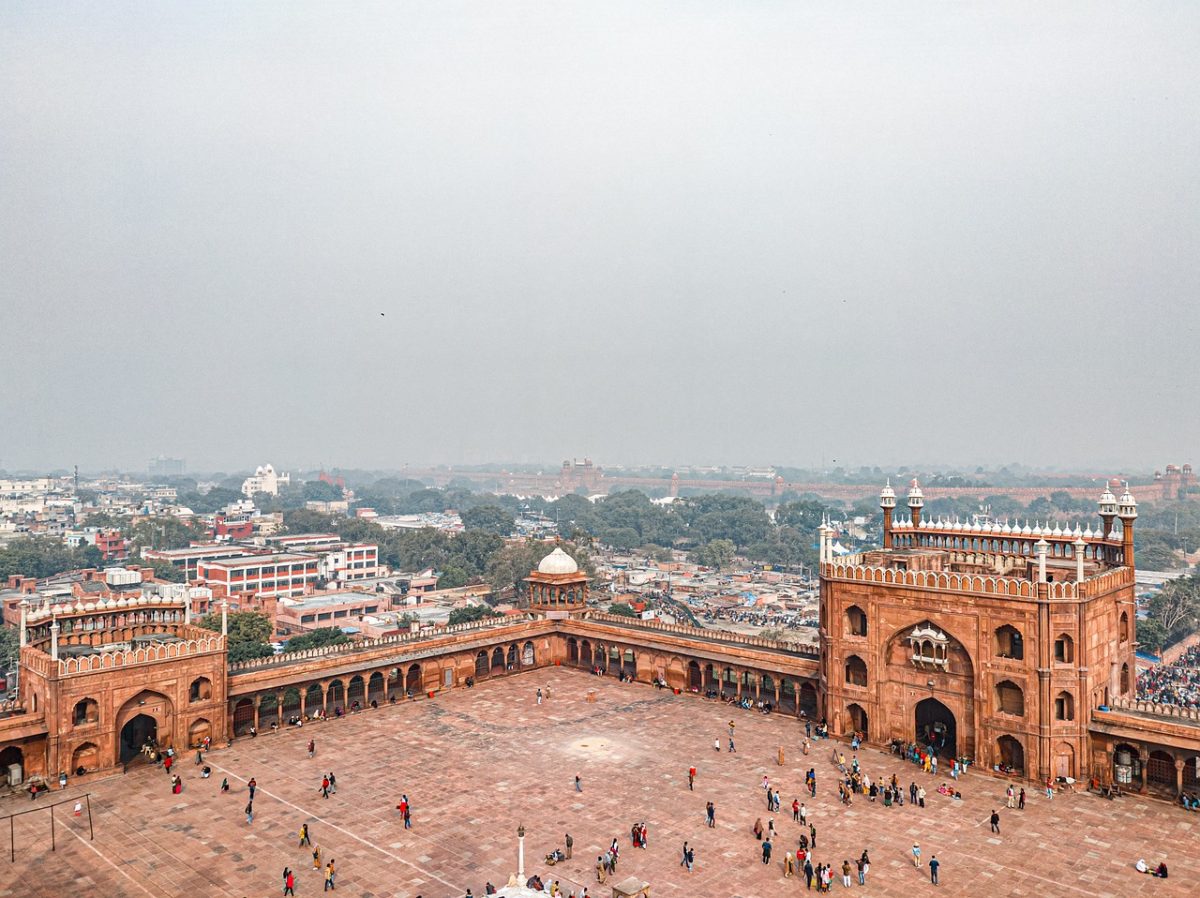Is there smog? Smoke? Here's what 11 local experts had to say about air quality in Delhi.
Air Quality in Delhi: What do you need to know?
11 local expertsLeave a comment
My city is the capital of India and the epitome of historical richness. For over 200 years, it was the capital of the Mughal empire and the British rule after that. The city is a mix of old and new lifestyle. One can find continental cuisines and traditional Indian recipes here. Delhi does not rank that high as far as air quality is concerned. Pollution is rampant so one might be better off away from its industrial areas. Delhi also has the metro, which is an intercity rail network beating that of New York and London by a mile. My city is full of warm and welcoming people and must be experienced by travelers who want to live in the new millennia while strongly holding the hand of what once was.
Delhi is the capital of india, in the middle of the country. It is beautiful, has great views, fun things to do, parks, playgrounds historical sites. Delhi is pleasant. The Harmattan in winter is dusty, and the dry season following quite hot, but with summer rains life outside becomes cooler. Expat communities are tight, and it is easy enough to meet people, although I mostly hang out with Nigerians, but that is my personal choice, not a necessity.
In Delhi, there is a lot of pollution; both noise and air pollution. For a person moving to this city, it is advisable that they take all the necessary care for being in such an environment. If you are over-sensitive to noise or dust, living here can prove to be a struggle. A few ways in which you can overcome these are- to wear a mask outside, clean your face as soon as you get home, always carry a sanitizer and keep medicines for any possible allergies.
Delhi experiences extreme weather. It either tends to be too cold or too hot. During May to July, the temperatures can soar up high accompanied with dust storms, making the region very dusty due to which most activities are conducted indoors during these months. During the monsoon season, the temperatures tend to lower a bit due to frequent showers. The months from October to March, however, tend to be the better months in the city due to the mild temperature during that period. December and January tend to get pretty nippy, so do come equipped with woollen clothes and warm bedding and upholstery.
Someone moving to Delhi should be ready for polluted air, tasty street food and tons of cultural hubs and places. With the city, comes its people, the bustling streets of Delhi may be overwhelming at first but it’s what makes it the capital location for all kinds of people and cultures to unite.
Delhi is much for its history as it is for its cultural and political significance. The city brings a shade of art, architecture, fashion, entertainment together. Walking its dusty lane is more like stepping inside the history book. There is an umpteen number of historical places to visit apart from its modern scenic beauty.
Someone moving to Delhi should know about the living conditions here. The cost of living, air quality, neighbourhood in which she is moving. Besides, traffic conditions and cleanliness must also be given a thought. The city has different living conditions in its different parts. The southern and central part is more posh with better facilities.
Before moving to Delhi, you must be prepared to live in a fast-paced environment. You need to ensure that you know some Hindi words to communicate better. You must be prepared to live in a city that’s densely populated. You will have to wear a mask when you step out of your home as the air pollution in Delhi has been severe for the last one year.
Something for middle-class people: If you are not rich then you should get habitual of saving money. Even a ‘barf ka Gola’ is going to cost you around RS 30. If you are planning to go to a ‘nice restaurant’ for once then you can but you will run out of money for the entire month.
Useful tips:
– Get a metrocard and prefer metro over any other modes of transport because it is cheap, convenient, and keeps you safe from Delhi’s pollution.
– Use E-rickshaw and DTC buses.
Things you’ll experience in Delhi:
– Smog: In winter, be ready to witness a new kind of fog, that is smog. Initially, maybe you will think it is fog but eventually it will burn your eyes and it decreases the visibility of the roads and maybe you will see this fog kind of thing even in your room.
– Cheap shopping: Maybe other things are pretty expensive here but shopping is going to balance this. You can go to Sarojini and many other places for the cheapest clothes.
– The feeling of summer even in the rainy season: If it is not raining in the rainy season then you can get the feeling of summer.
– Minimum rainfall: If you are not from Haryana, Punjab, and Rajasthan be ready for this new change. The major cause of minimum rainfall here is ‘Delhi’s Pollution’.
Delhi’s weather is quite extreme – it gets extremely hot in summers but can be really cold in winter. Be prepared for that. Additionally, air pollution is also a problem; so, if you have breathing issues, you may need to take extra precautions. However, not to put you off, it is quite a lovely city. Delhi has history, culture and not to forget, fantastic food. Being the capital, the city attracts people from all over India, making it very diverse. In fact, you could say that Delhi is a “mini-India.”
Comments are closed.
Names of respondents may have been changed.
